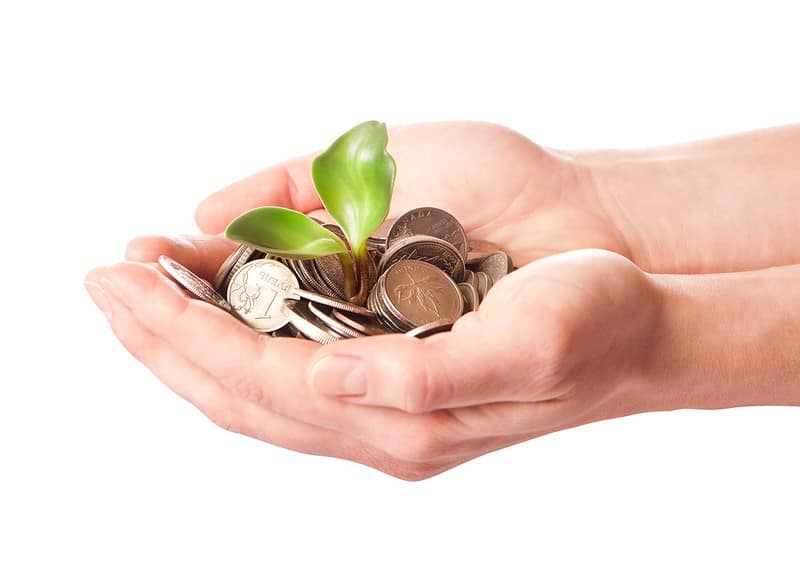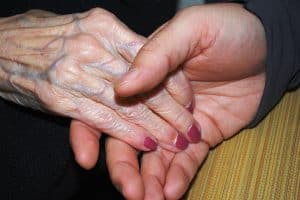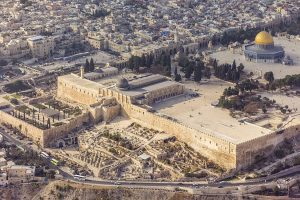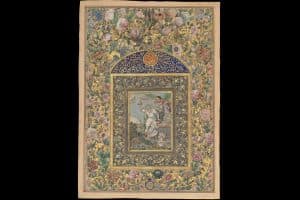By Rukshana Choudhury
Zakat, or zakah, is one of the five pillars of Islam and is obligatory for all eligible Muslims. It is often considered one of the most important forms of charity: Muslims believe zakat alleviates the suffering of the poor and paying zakat purifies and blesses the remainder of one’s wealth rather than diminish it
How did zakat begin?
Initially, zakat was optional. The Prophet Ismail, the Prophet Ishaaq, the Prophet Yaqub and Prophet Isa obeyed the principles of zakat, the Quran tells us. During the rule of the Ottoman Sultan Mehmed II — according to Islamic Finder — Muslims would spend hours and travel miles to find someone to whom they could give zakat. They would usually hang their zakat on a tree and hope someone would collect it. After the migration and arrival of Prophet Muhammad to Madina, zakat became fard, an obligation.
What is the difference between zakat and sadaqah?
One of the most common misconceptions is that zakat just means charity. But there is another word for this — sadaqah — or “voluntary charitable offerings”. Zakat is a religious obligation and is most commonly given to charities that will distribute the wealth. Sadaqah is not just limited to monetary value. Acts of kindness by Muslims with the intention to please Allah are considered to be charity.
How is zakat calculated?
According to the National Zakat Foundation, you must be Muslim, an adult (who has reached puberty), sane and you have hit a certain wealth threshold, which is known as nisab. There are four simple rules to work out your zakat:
- Calculate what you own. This includes money from properties from which a Muslim receives income, certain pensions, cash, savings and investments such as stocks, Isas, shares and cryptocurrencies. It also includes some productive business assets, gold and silver.
- Deduct what you owe: this includes any debts that must be paid within the next year. You must not include future expenses such as food and utility bills.
- You calculate the balance and check that it’s more than the nisab value. The nisab was set by the Prophet Muhammad at a rate equivalent to 87.48 grams of gold and 512.26 grams of silver. But now gold and silver are no longer used as currency, so you have to check the market rate, which changes daily.
- You then calculate what is 2.5 per cent of that amount to find out how much zakat you need to pay.
Many Muslims will give their zakat to charities and when it is given, an intention must be made by the individual for it to qualify as zakat.
When is zakat paid?
Zakat is paid once per lunar year, known as hawl, or from the day your wealth exceeds the nisab amount. Zakat can be paid in instalments before your zakat anniversary. Many people prefer to pay zakat during the last 10 days of Ramadan because it is said that the rewards are greater than that of a thousand months. It’s important to highlight that a new calculation needs to be made each lunar year because financial circumstances can change a Muslim’s eligibility to pay. In fact, during times of financial hardship, a Muslim may need to access zakat. According to the Muslim Council of Britain, 50 per cent of Muslims in the UK are already living in poverty and the increasing costs of living means that more Muslims might need to access Zakat.
Who can receive zakat?
The word zakat is mentioned in the Quran 32 times. The Quran specifies eight groups of people who should be given Zakat: “Indeed, zakat expenditures are only for
- The poor
- The needy
- To those who work on [administering] it
- Bringing hearts together
- To [free] those in bondage
- Those in debt
- The cause of God
- The stranded traveller [This is] an obligation from God.” (Quran, Chapter 9, Verse 60)
Are there any differences over calculating zakat?
Deciding the amount of zakat varies according to which madhhab — school of thought within fiqh (Islamic jurisprudence) — is followed. The main Sunni madhhabs are Hanafi, Maliki, Shafi’i and Hanbali. The Hanafi madhhab is widely considered to be more liberal and is followed by about 30 per cent of Muslims worldwide. In the Hanafi madhab, the value of silver is used to ascertain the nisab threshold and eligibility to pay zakat.
The other madhabs use the value of gold. Some charities such as Islamic Relief advises its donors to use the silver value (which is almost always a lower threshold than gold) because this allows for a greater amount to be eligible for zakat, which means more help for deserving recipients.
Hanafi Muslims believe that zakat should be paid on gold and silver regardless of whether you wear it or not. Other madhabs believe that you should not pay zakat on gold that you wear. Gold that is bought as an investment should always be included within your zakat, regardless of what school of thought Muslims follow.
How many types of zakat?
There are two types. The main type, detailed here, is zakat al-mal. The other is zakat al-fitr, also known as fitrana, which should be given before the end of the month of Ramadan and before Eid prayer. According to the finance and technology adviser Mufti Faraz Adam: “All Muslims must pay zakat al-fitr regardless of their age or financial status unless they honestly do not have the means to do so. The amount attributed to zakat al-fitr is very small and rarely exceeds £5.”
During Ramadan alone,the UK Muslim community donates about £150m to domestic and internationalcauses as zakat or sadaqah. Zakat proves that economic equality can be maintained to help disadvantaged communities within society.
Useful links
Rukshana Choudhury is a freelance broadcast journalist working for Associated Press and Europe Editor of The Muslim Vibe. She has previously worked at ITN, BBC, Sky News, ATN Bangla News and broadcast PR consultancies




















